Circa 2005
The “non-lethal” laser rifle aims to dazzle suspects without causing permanent harm, but it will need to comply with a UN protocol on laser weaponry.

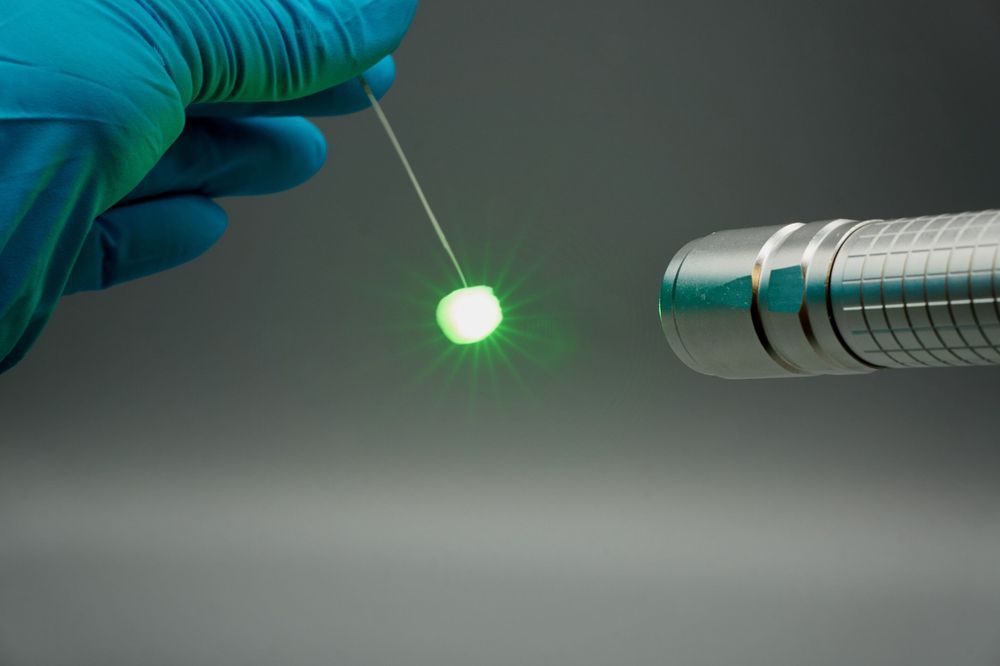
With a porosity of 99.99 %, it consists practically only of air, making it one of the lightest materials in the world: Aerobornitride is the name of the material developed by an international research team led by Kiel University. The scientists assume that they have thereby created a central basis for bringing laser light into a broad application range. Based on a boron-nitrogen compound, they developed a special three-dimensional nanostructure that scatters light very strongly and hardly absorbs it. Irradiated with a laser, the material emits uniform lighting, which, depending on the type of laser, is much more efficient and powerful than LED light. Thus, lamps for car headlights, projectors or room lighting with laser light could become smaller and brighter in the future. The research team presents their results in the current issue of the renowned journal Nature Communications, which was published today.
More light in the smallest space
In research and industry, laser light has long been considered the “next generation” of light sources that could even exceed the efficiency of LEDs (light-emitting diode). “For very bright or a lot of light, you need a large number of LEDs and thus space. But the same amount of light could also be obtained with a single laser diode that is one-thousandth smaller,” Dr. Fabian Schütt emphasizes the potential. The materials scientist from the working group “Functional Nanomaterials” at Kiel University is the first author of the study, which involves other researchers from Germany, England, Italy, Denmark and South Korea.

LONDON, Ky. — A gas station in London, Kentucky on Thursday, March 19 became the first in the nation to sell a gallon of gas for 99 cents.
GasBuddy officials confirmed via a cashier and GasBuddy users the BP gas station lowered its price to 99 cents per gallon as of about 6:30 a.m. Thursday.
GasBuddy had been anticipating this price could pop up in the Great Lakes states a week or so prior.
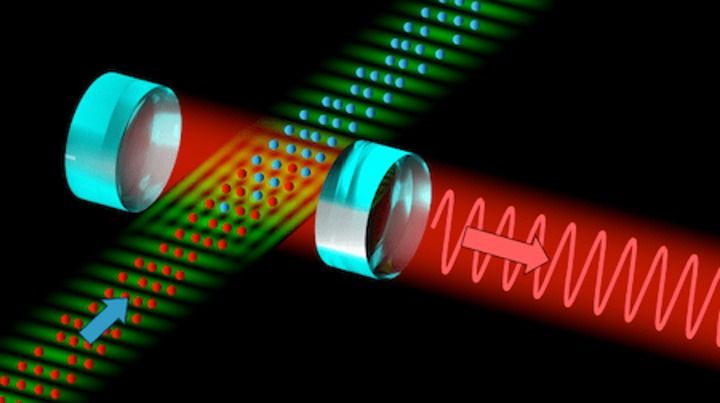
Partners in industry and academia are funded for the next three years for a total of 10 million Euros.
Facebook Icon
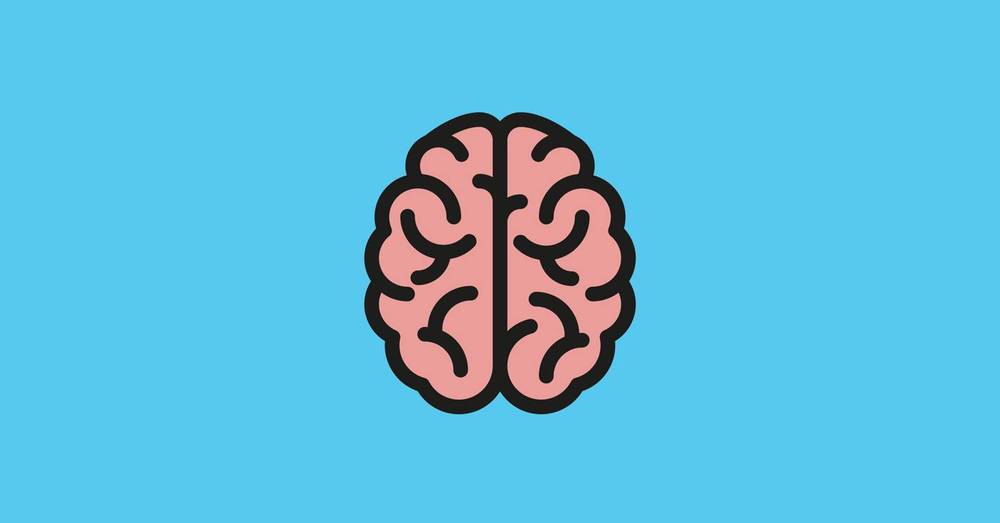
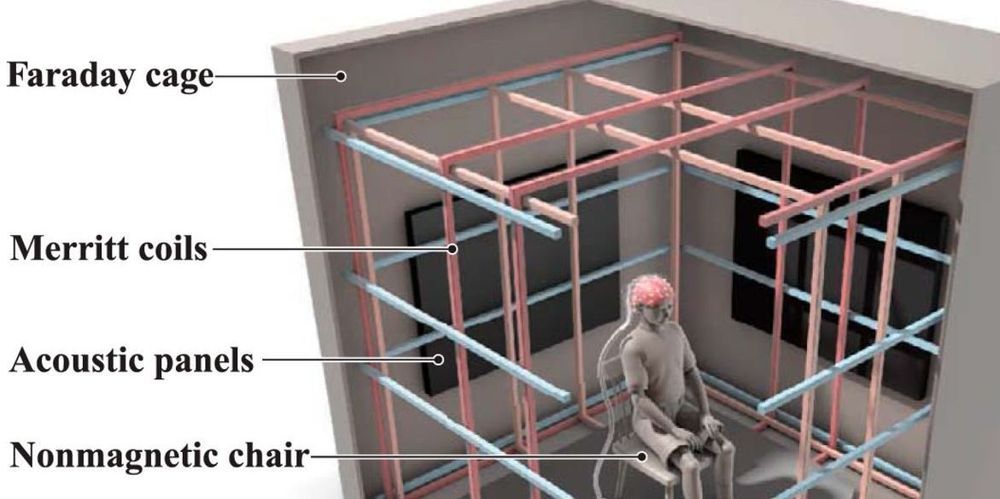
Could some humans be able to sense the Earth’s magnetic field? Evidence suggests that in addition to quite a few animal species, humans could be—yes, this is the real term—magnetoreceptors. In a recent study, scientists conducted an experiment that measured how alpha waves interacted with a trace mineral that they believe registers magnetism.
Once upon a time, scientists thought animal magnetoreception was impossible, too. As they started to understand that birds and other animals used magnetoreception to navigate in the world, they still thought there was no way humans could do it.
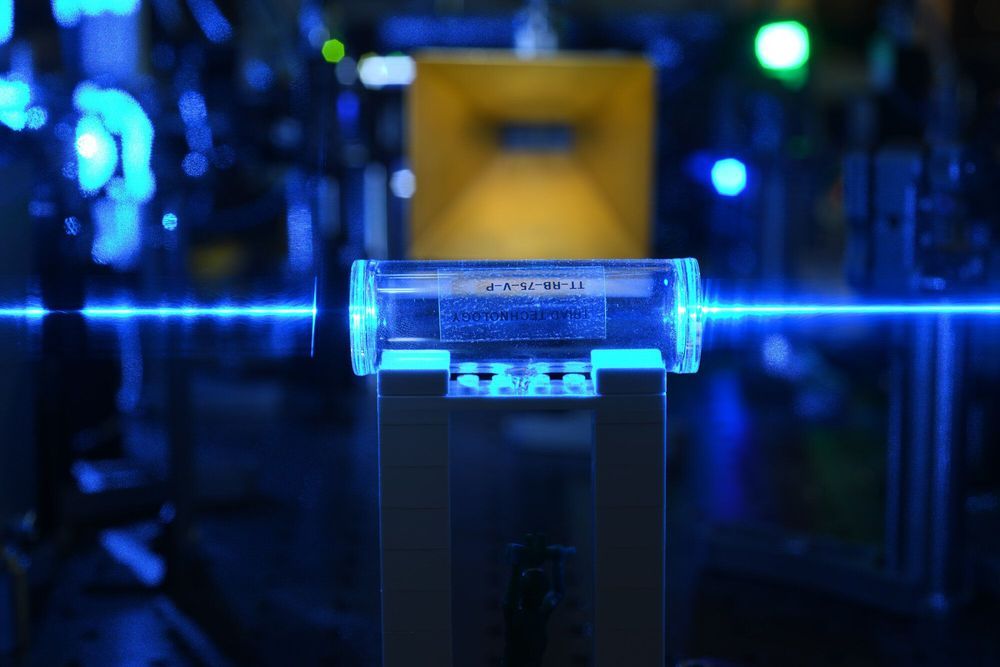
A quantum sensor could give Soldiers a way to detect communication signals over the entire radio frequency spectrum, from 0 to 100 GHz, said researchers from the Army.
Such wide spectral coverage by a single antenna is impossible with a traditional receiver system, and would require multiple systems of individual antennas, amplifiers and other components.
In 2018, Army scientists were the first in the world to create a quantum receiver that uses highly excited, super-sensitive atoms—known as Rydberg atoms—to detect communications signals, said David Meyer, a scientist at the U.S. Army Combat Capabilities Development Command’s Army Research Laboratory. The researchers calculated the receiver’s channel capacity, or rate of data transmission, based on fundamental principles, and then achieved that performance experimentally in their lab—improving on other groups’ results by orders of magnitude, Meyer said.
Known as an ion-gated transistor (IGT), the new class of technology effectively melds electronics with molecules of human skin.
But wait, you no longer need any of those, since you recently got one of the new biomed implants — a device that integrates seamlessly with body tissues, because of a watershed breakthrough that happened in the early 2020s. It’s an improved biological transistor driven by electrically charged particles that move in and out of your own cells. Like insulin pumps and cardiac pacemakers, the medical implants of the future will go where they are needed, on or inside the body.
Scientists at @Columbia built a new ion-driven transistor that can safely interact with human skin. What does this mean for the future of #medical #bioelectronics? Find out via @PhysicsWorld: https://bddy.me/2YsvJ0g #wearabletech #healthIT pic.twitter.com/qj3LX3Dqfx
— Lam Research (@LamResearch) March 26, 2019
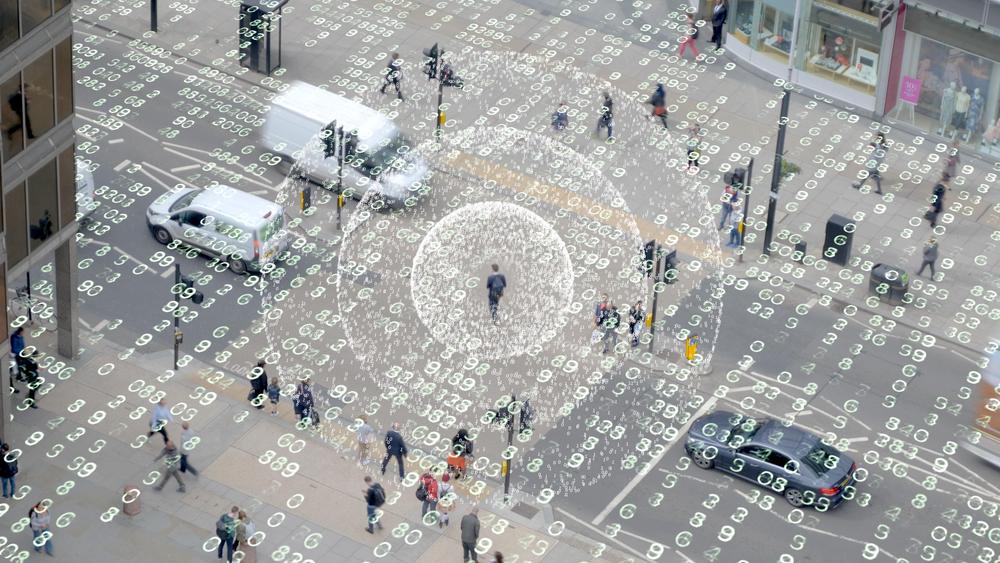

ZURICH (Reuters) — Switzerland’s health care system could collapse by the end of the month if the new coronavirus keeps spreading at current rates, a government official warned on Tuesday.
Swiss authorities estimated that 2,650 people had tested positive for the coronavirus and said 19 people had died, while predicting cases will likely soar in the weeks ahead.
Exact figures were unavailable. Daniel Koch, head of the Federal Office of Health’s communicable diseases division, said the rapid rise had outstripped the state’s ability to record new cases in real time.